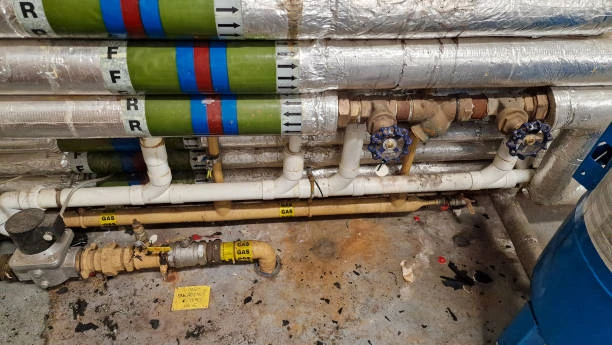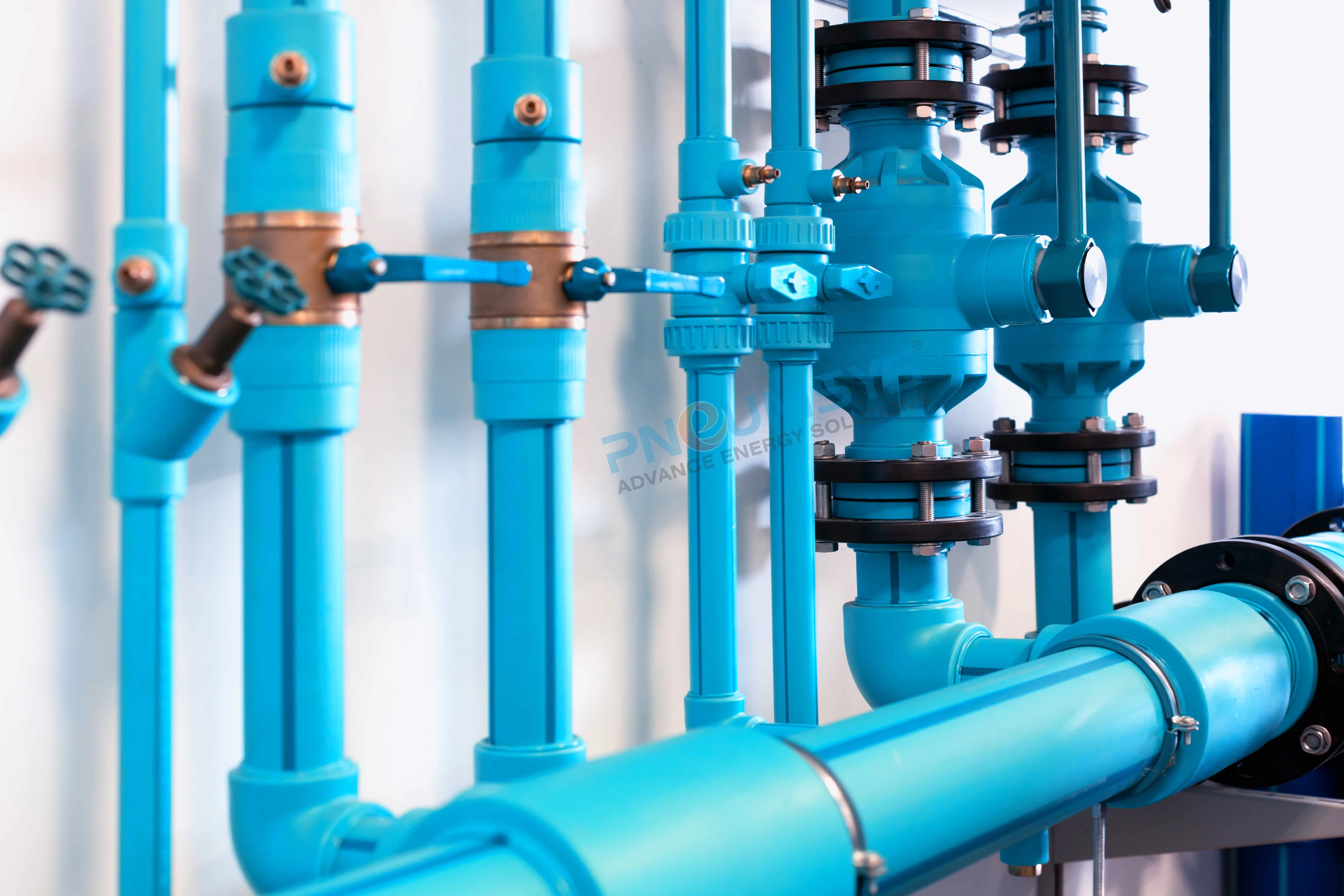The global nuclear valves market is poised for significant growth, driven by increasing investments in nuclear energy infrastructure and the need for advanced safety measures in power plants. This article explores the market size, key trends, major players, and forecasts for the nuclear valves industry through 2032.
As nuclear energy plays a critical role in meeting global energy demands while reducing carbon emissions, the importance of nuclear valves in ensuring plant safety and efficiency cannot be overstated.
What Are Nuclear Valves?
Nuclear valves are specialized components designed to regulate the flow of liquids and gases within nuclear power plants. These valves must meet stringent safety and performance standards to handle extreme temperatures, pressures, and radiation levels.
Key Features of Nuclear Valves:
- Durability: Built to withstand high radiation exposure and corrosive environments.
- Precision Control: Ensures accurate regulation of fluids critical to reactor operation.
- Safety Compliance: Adheres to rigorous nuclear industry standards for reliability.
- High Performance: Capable of operating in severe conditions without failure.
Global Nuclear Valves Market: Current Size and Growth Projections
The nuclear valves market was valued at approximately $5 billion in 2023 and is expected to reach $8.5 billion by 2032, growing at a compound annual growth rate (CAGR) of 6.2%. This growth is attributed to the expansion of nuclear power capacity worldwide and the replacement of aging infrastructure in existing plants.
Key Market Drivers:
- Rising Energy Demand: The need for stable and clean energy sources is driving nuclear power investments.
- Modernization of Aging Facilities: Many nuclear plants require upgraded valve systems to meet current safety standards.
- Increased Focus on Safety: Regulatory bodies emphasize the importance of high-performance valves to prevent accidents.
- Technological Advancements: Innovations in valve materials and designs are enhancing reliability and efficiency.

Regional Analysis of the Nuclear Valves Market
1. North America
North America leads the market, driven by ongoing upgrades to its aging nuclear fleet and investments in next-generation nuclear reactors.
2. Europe
Europe is focusing on nuclear energy as part of its transition to low-carbon power. Countries like France and the UK are significant contributors to the market.
3. Asia-Pacific
The fastest-growing region, Asia-Pacific is investing heavily in nuclear energy infrastructure, with China and India at the forefront of new plant construction.
4. Middle East & Africa
Emerging markets in the Middle East are exploring nuclear power as a solution to diversify their energy mix.
Key Players in the Nuclear Valves Market
Several companies dominate the nuclear valves industry, offering a wide range of products tailored to the stringent requirements of nuclear power plants.
Leading Companies:
- Flowserve Corporation
Known for its advanced valve solutions designed for high-pressure and high-temperature environments. - Velan Inc.
Specializes in nuclear-grade valves with a focus on safety and durability. - Crane Nuclear
A leader in producing valves that comply with strict nuclear industry regulations. - Emerson Electric Co.
Offers innovative valve technologies for enhanced performance in nuclear applications. - IMI Critical Engineering
Renowned for its expertise in engineering valves for severe service conditions.
Types of Nuclear Valves
Nuclear valves are classified based on their application and functionality:
1. Globe Valves
Used for precise control of fluid flow and pressure in reactor systems.
2. Gate Valves
Designed for full open or close operations, ensuring isolation of fluid pathways.
3. Ball Valves
Offer quick and efficient shut-off capabilities, essential in emergency situations.
4. Butterfly Valves
Used in systems where space and weight are constraints, offering reliable performance.
5. Check Valves
Prevent backflow in critical systems, ensuring smooth and safe operations.
Challenges in the Nuclear Valve Market
1. High Cost of Production
Manufacturing nuclear-grade valve requires specialized materials and precision engineering, leading to higher costs.
2. Regulatory Hurdles
Compliance with strict safety and quality standards can delay production and increase costs.
3. Maintenance Challenges
Valve in nuclear plants require regular inspection and maintenance, adding to operational expenses.
4. Competition from Renewable Energy
The rise of wind and solar power may impact investments in nuclear energy, indirectly affecting the valve market.
Future Trends and Opportunities
The nuclear valve market is expected to witness significant advancements in materials and design to enhance performance and safety.
Emerging Trends:
- Smart Valves: Integration of sensors for real-time monitoring and predictive maintenance.
- Advanced Materials: Development of radiation-resistant and corrosion-resistant alloys.
- Next-Generation Reactors: Demand for valve compatible with small modular reactors (SMRs) and advanced nuclear technologies.
Conclusion
The nuclear valve market is set to grow steadily through 2032, driven by rising investments in nuclear energy and the need for advanced safety measures. Key players are innovating to meet the evolving demands of the industry, ensuring that valves remain a cornerstone of nuclear power plant operations.
As the world transitions to cleaner energy solutions, nuclear valve will continue to play a vital role in ensuring the safety and efficiency of power generation systems.
FAQs
1. What are nuclear valve used for?
Nuclear valve regulate the flow of fluids and gases in nuclear power plants, ensuring safety and efficiency in reactor operations.
2. What materials are used in nuclear valve?
Nuclear valve are typically made from high-strength alloys resistant to radiation, corrosion, and extreme temperatures.
3. Why is the nuclear valves market growing?
The market is growing due to increased investments in nuclear power, modernization of existing plants, and a focus on safety and efficiency.
4. Which regions dominate the nuclear valve market?
North America and Asia-Pacific are the leading regions, with significant investments in new and existing nuclear infrastructure.
5. What are the challenges in the nuclear valve market?
High production costs, strict regulatory standards, and competition from renewable energy sources are key challenges.
















![Global Butterfly Valves Market Projected to Achieve USD [Value] by [Year] Butterfly Valves](https://pipefittingblog.com/wp-content/uploads/2024/10/9cb01d484c02c0aeac27b0e4c90e7624.webp)

